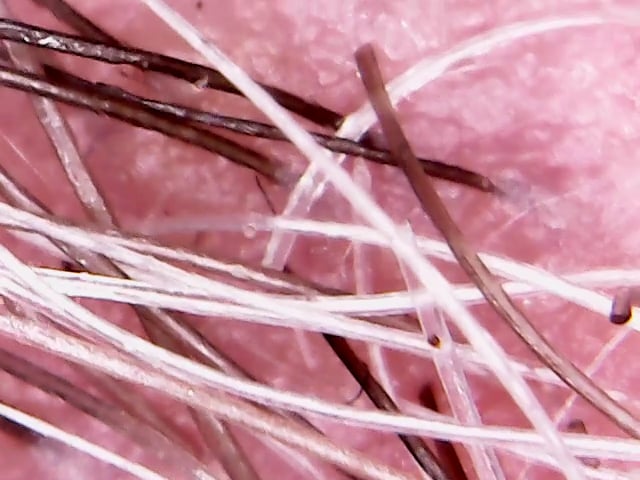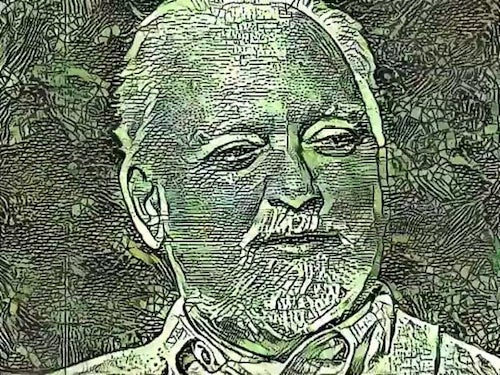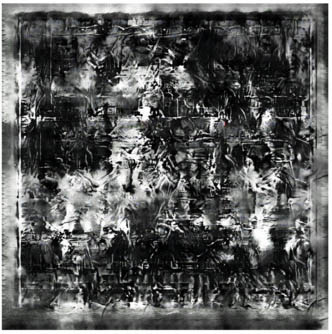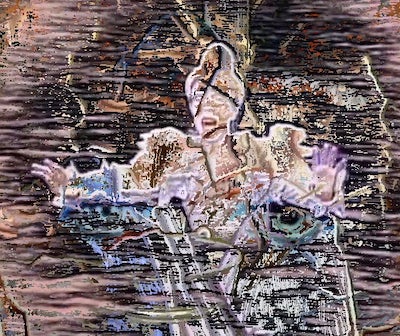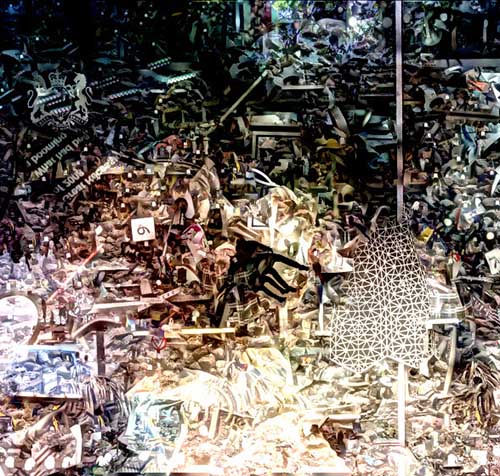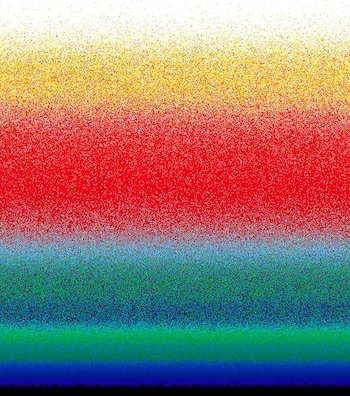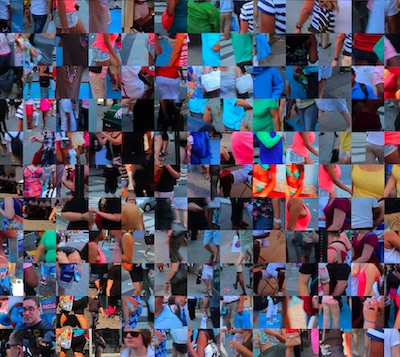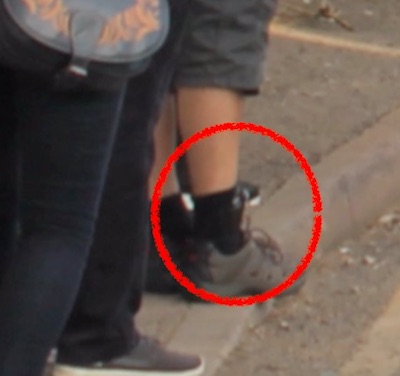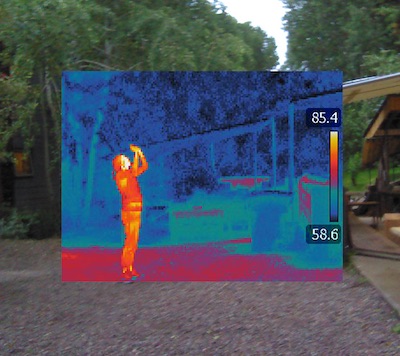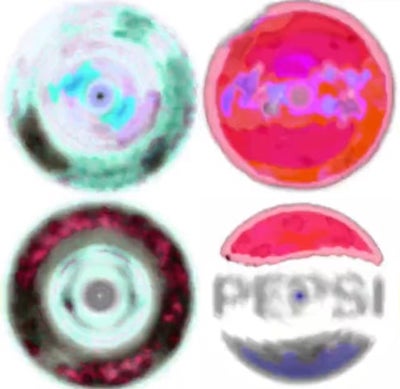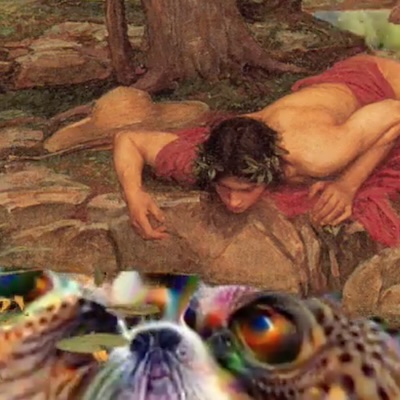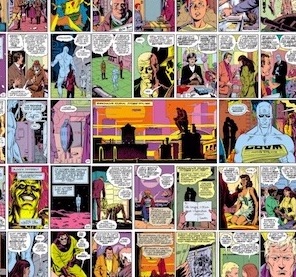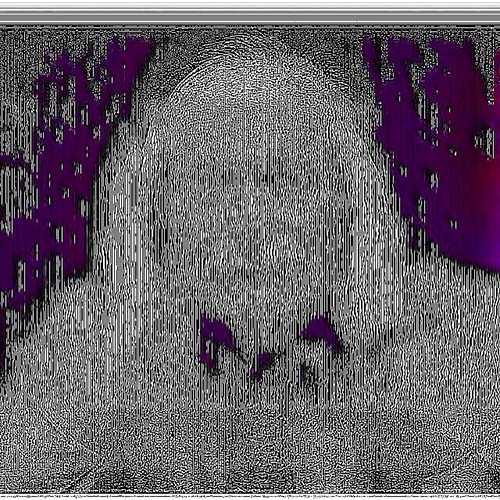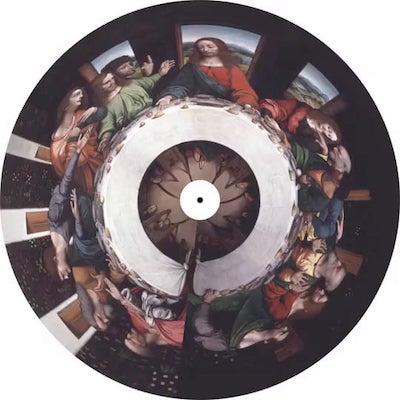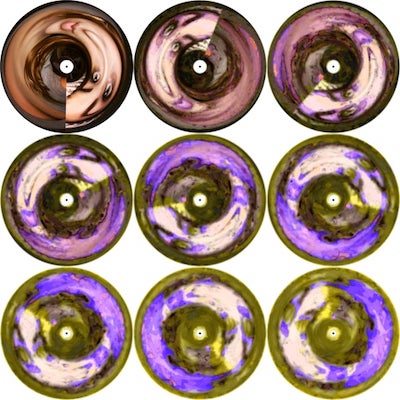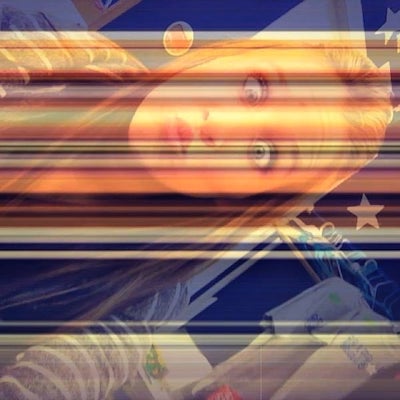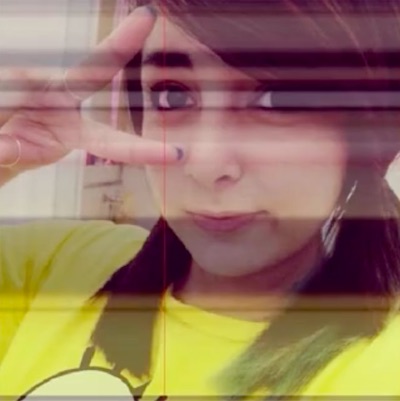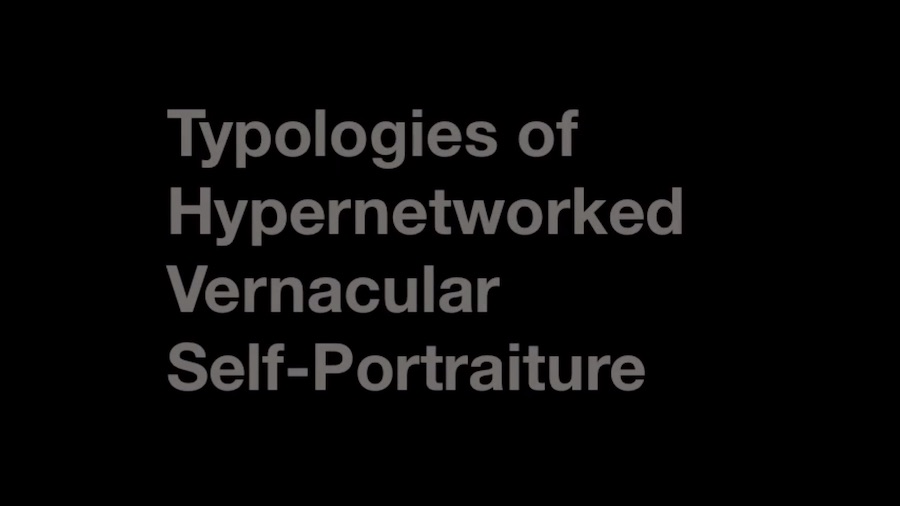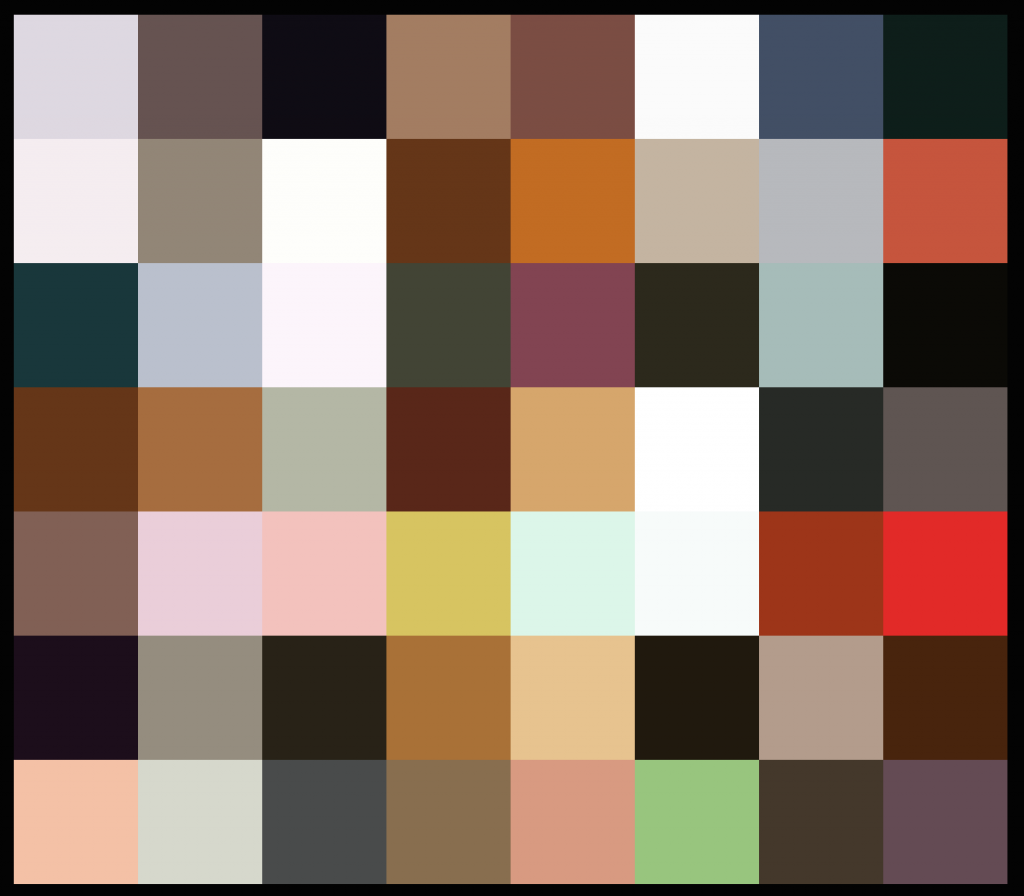
InstaBeck
by Pete Ashton

I was delighted to be chosen by Jo Gane to exhibit at The JHB Archive, her group show at Birmingham Open Media running from Sept 11th to Oct 3rd 2015.
All the pieces are inspired by the scant information on the archival record for a missing sculpture, reverse-engineering the metadata into art, if you like.
My piece continues work taking core samples of photographic images from social sharing networks which I first developed with the IMG_4228 series. I started with the text of the archive record itself which I split into 7 lines of 8 words each.
abstract sculpture by julian h beck rectangular mahogany
type walnut according to sculptor marked 25 in
paint near base two roundhead screws for attachment
to plinth on regtangular plinth covered in black
tape inside of plinth marked 23 1961 or
28 1961 number painted out and replaced by
new number see press cuttings file and minutes

I put each word / letter / number into Instagram as a hashtag and saved the first eight images that came up. I then put these into a couple of grids.


Unsatisfied with how these looked, I cropped each image to its central pixel (finding the average colour simply produces a lot of grey/brown) and resized them back up to 200x200px, giving a nice clean field of colour.
The final stage was to randomise the image. For this I used PureData, writing the following patch.
Which no doubt looks terrifying, but it’s actually pretty simple. Each of these…

…builds a square representing a word/letter/number from the description, and all the lines coming into that bit randomises which colour is shown.
To pre-load the work you hit the orange button, then the green button launches the video changing a square every second, though the speed can be changed using the blue buttons.
Over in the top-right is an optional bit of code which uses the computer’s microphone to alter the speed, so a noisy room will produce a frenetic display while silence will freeze it.
Here’s a video of it is in situ during testing:
But for most of the exhibition a pre-recorded loop can run to save electricity.
By a happy co-incidence the work bears a striking similarity to one of Beck’s own paintings and Jo sent me a photo.

Nice!


